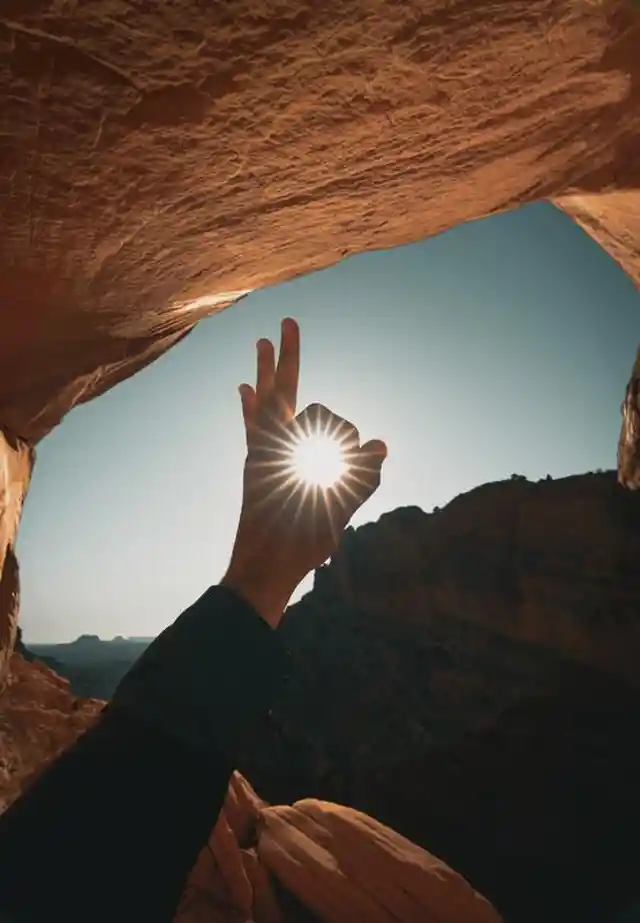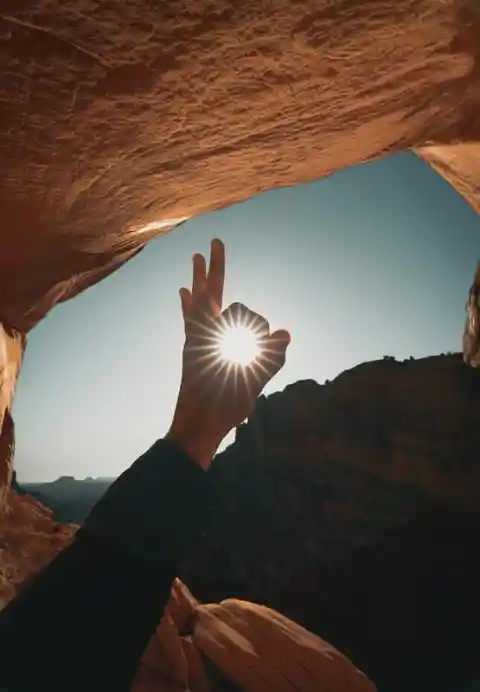When it comes to using our hands, our society and our culture mean we have various norms that we must follow. For example, if you pass across the road, it is more or less expected that you will give any stopping cars a quick wave of thanks. If you like something and wish to respond in the affirmative, a simple thumbs up can be the ideal response. For that reason, then, it should come as no surprise that hand gestures are a big part of how we communicate. How, though, did some of our major hand gestures come to be?


The salute
The salute is a classic military term, and it goes back to old-school medieval times. It is usually associated with the times when inspecting offers would have a soldier stand up and lift the visor on their helmet so they could make sure the person who was lifting the helmet was who they said they were. In many ways, that lifting of the visor looked like a salute!
This stuck around, and in modern parlance, it is an actual salute that you give. It is seen as a sign of greeting among military equals and stuck around.
The thumbs up
As mentioned above, giving someone a thumbs-up is a sign of acceptance and positivity. It stems from the old Colosseum of Rome, though, when the gladiators would have their lives decided by a thumbs up or a thumbs down from the Emperor or anyone else who might be in power across that particular arena. This was used to pass judgment on their combat abilities, and often would be used to determine whether or not that gladiator would be allowed out or not.
For that reason, the thumbs up is a sign that comes with a double-edged sword in a historical context.


The handshake
Of course, we have all shaken hands with someone. Whether it is a senior family member, a professional in the workplace, a senior colleague, or even a politician, shaking hands is almost a global norm. This can be traced back to Ancient Greek culture and mythology, though.
It was used as a symbol of equality and shared comfort in the presence of another person. It is often seen in the old Greek paintings of their Gods and Goddesses, all shaking hands with one another. Indicated harmony and togetherness.